The best new family movie of the year is “The Wizard of Oz” in IMAX 3D to officially open on Sept. 20 at the Chinese Theater in Hollywood, that is, the newly-christened TCL Chinese Theatre IMAX.
 This less than two-week theatrical run of “The Wizard of Oz” in IMAX theaters across the country surely deserves to be classified as at least a type of new movie because the conversion to 3D and the adjustments to the giant-screen IMAX theater leaves you noticing so many new things in the film frame and being immersed in the movie like never before that it is truly a completely new experience. Although most people have seen the movie multiple times on TV, there are not many left who have experience the projection of the classic film on a theater screen. And no one has ever seen it this big or in 3D. Both new elements make everything look visually stunning, from the black-and-white First Act culminating with Dorothy’s home being swept inside the tornado, to the vivid yellow brick road of Oz.
This less than two-week theatrical run of “The Wizard of Oz” in IMAX theaters across the country surely deserves to be classified as at least a type of new movie because the conversion to 3D and the adjustments to the giant-screen IMAX theater leaves you noticing so many new things in the film frame and being immersed in the movie like never before that it is truly a completely new experience. Although most people have seen the movie multiple times on TV, there are not many left who have experience the projection of the classic film on a theater screen. And no one has ever seen it this big or in 3D. Both new elements make everything look visually stunning, from the black-and-white First Act culminating with Dorothy’s home being swept inside the tornado, to the vivid yellow brick road of Oz.
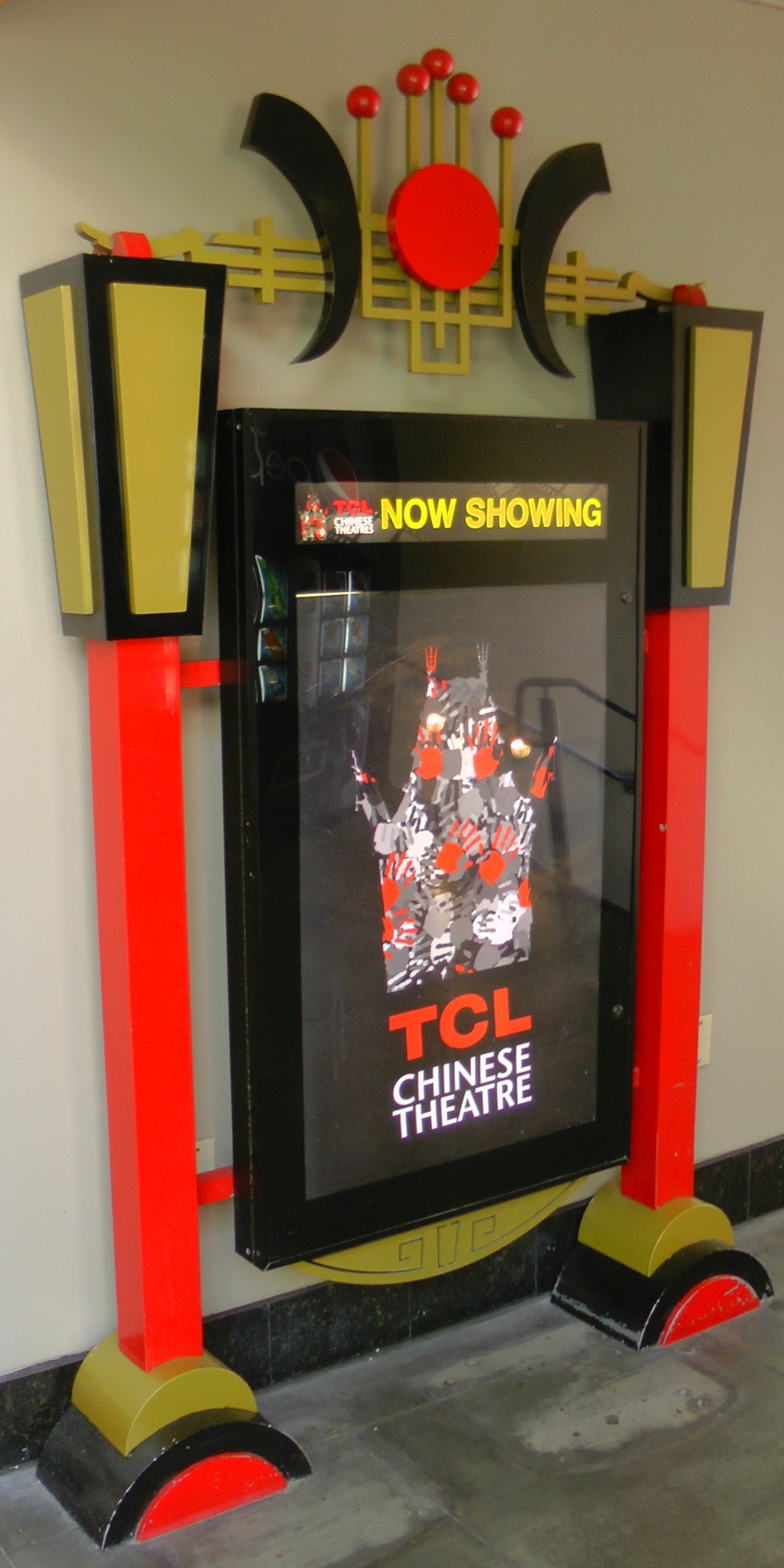 The 3D conversion by Prime Focus World and 1,000 people there and at Warner Bros. for 16-months makes the height of the castle walls of the Wicked Witch of the West seem even more imposing now, and the IMAX enormity and clarity allow one to notice shimmering reflections off the river water far below for the first time. The seamless make-up of the Scarecrow’s burlap and the Tin Man are even more impressive when seen in such large detail. Although the primary effect of the 3D is to add very perceptible depth to each frame of film, there are moments where something pushes forward into the audience, such as when the witch’s guards walk toward the camera with their long weapons aimed at the audience.
The 3D conversion by Prime Focus World and 1,000 people there and at Warner Bros. for 16-months makes the height of the castle walls of the Wicked Witch of the West seem even more imposing now, and the IMAX enormity and clarity allow one to notice shimmering reflections off the river water far below for the first time. The seamless make-up of the Scarecrow’s burlap and the Tin Man are even more impressive when seen in such large detail. Although the primary effect of the 3D is to add very perceptible depth to each frame of film, there are moments where something pushes forward into the audience, such as when the witch’s guards walk toward the camera with their long weapons aimed at the audience.
TCL, the new Chinese TV-electronics company owners of the theater hope to encourage movie studios to once again use the iconic landmark for their glitzy world premieres, as were once common even up through 1977 when the original “Star Wars” premiered there. “Harry Potter” also premiered at the theater long known as Grauman’s Chinese Theater.
– – – – – – – – – – –
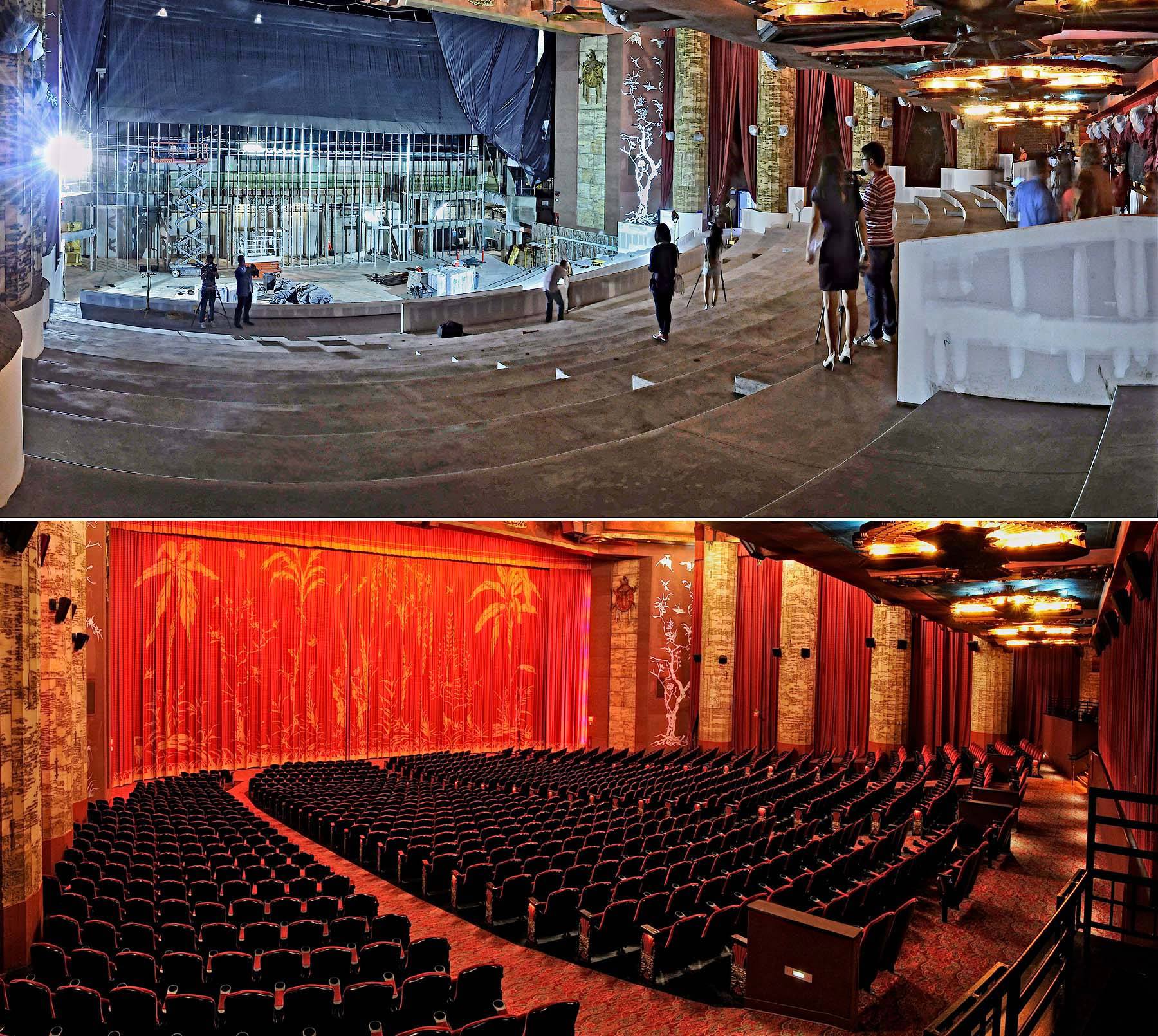 Just a few feet away from the fabled Hollywood Walk of Star where four million visitors come by each year, the stars have magically aligned for this historic presentation. It is the 75th anniversary of the world premiere of “The Wizard of Oz” at this very same theater in 1939. And this is the grand re-opening of the theater under new ownership of TCL, the first Chinese company to own the aptly-named Chinese Theater. The historic structure has been closed since May for remodeling. Further, Warner Bros. studio, which has a longstanding working relationship with IMAX, just happened to be planning a 3D conversion of the movie for a Blu-ray release, which is on track for release on October 1.
Just a few feet away from the fabled Hollywood Walk of Star where four million visitors come by each year, the stars have magically aligned for this historic presentation. It is the 75th anniversary of the world premiere of “The Wizard of Oz” at this very same theater in 1939. And this is the grand re-opening of the theater under new ownership of TCL, the first Chinese company to own the aptly-named Chinese Theater. The historic structure has been closed since May for remodeling. Further, Warner Bros. studio, which has a longstanding working relationship with IMAX, just happened to be planning a 3D conversion of the movie for a Blu-ray release, which is on track for release on October 1.
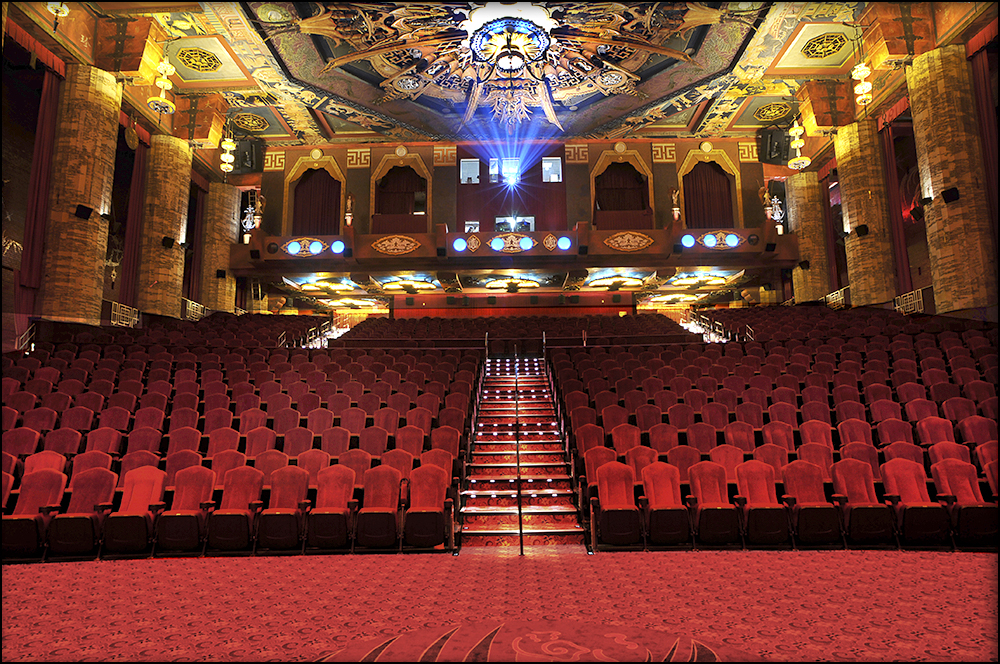 George Feltenstein, senior VP, theatrical catalog marketing for Warner Bros. Digital Distribution, said Warner has been working with IMAX for 8-10 years to develop a 3D version, but the technology only recently became good enough to do it justice. It took twice as long as normal to convert the movie that is the oldest feature-length film ever converted to 3D. Feltenstein believes the Blu-ray version is so impressive that consumers will go buy a Blu-ray 3D player and 3DTV just for this movie.
George Feltenstein, senior VP, theatrical catalog marketing for Warner Bros. Digital Distribution, said Warner has been working with IMAX for 8-10 years to develop a 3D version, but the technology only recently became good enough to do it justice. It took twice as long as normal to convert the movie that is the oldest feature-length film ever converted to 3D. Feltenstein believes the Blu-ray version is so impressive that consumers will go buy a Blu-ray 3D player and 3DTV just for this movie.
Finally, the IMAX screen shape that is taller than it is wide but more square overall — the opposite of conventional wide screens — is perfectly suited for a presentation of “The Wizard of Oz,” which was originally filmed in the square-ish aspect ratio of 1.37:1.
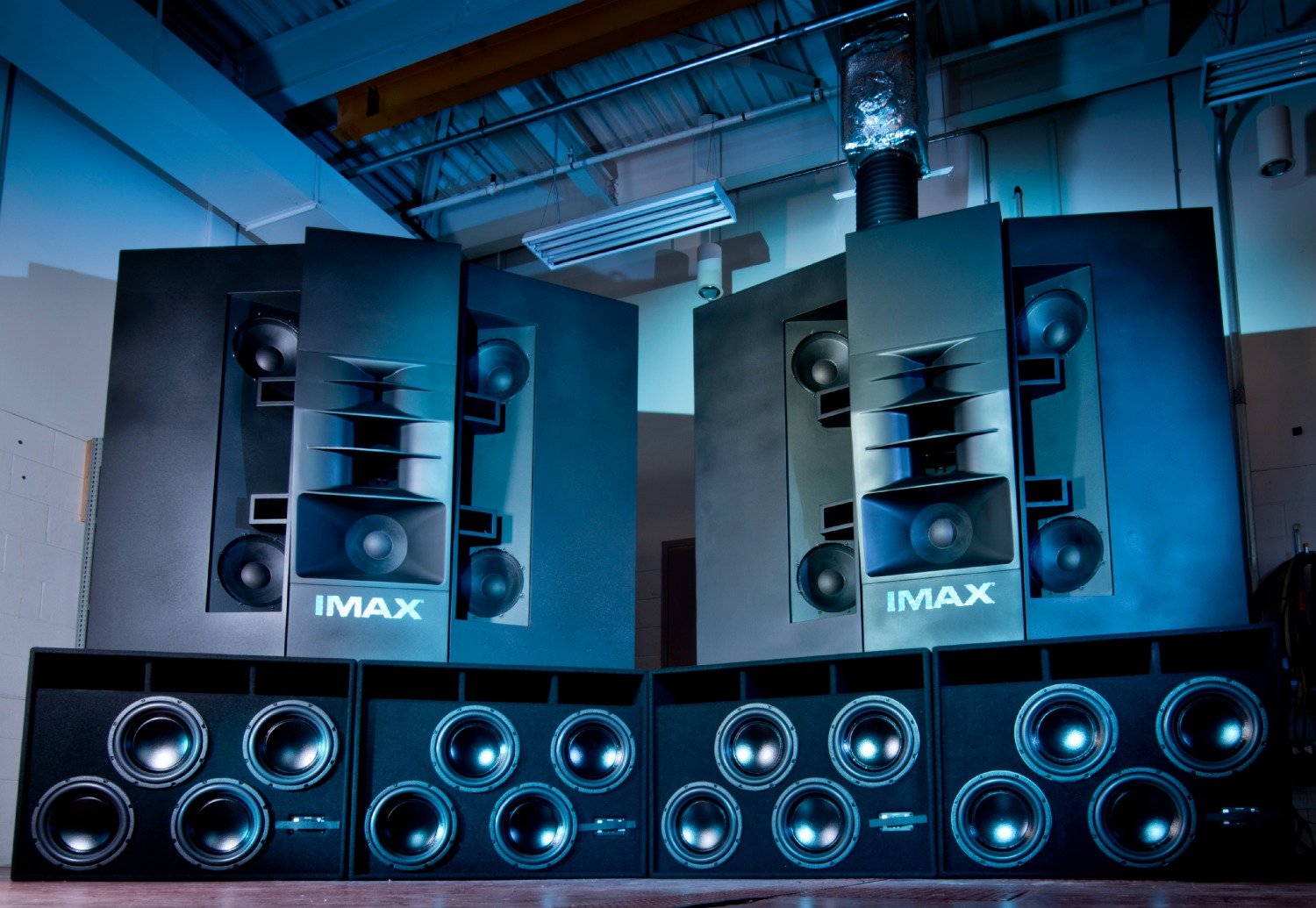 That remodeling of the theater included the installation of the third-biggest IMAX screen in North America at 94-feet tall and 46-feet, 2-inches wide (just a few inches smaller than the other two larger at the AMC Metreon in San Francisco and the AMC Lincoln Square in New York). In order to accommodate the giant screen, and to avoid touching the historically-protected — since 1968 — ceiling and roof of the theater (the new owners worked closely with historic preservation groups), workers had to dig down into the ground. They first ran into the original orchestra pit used for live music to play with the silent films when the theater first opened in 1927, and then the basement, and then they had to dig even further to get the height needed for the massive screen.
That remodeling of the theater included the installation of the third-biggest IMAX screen in North America at 94-feet tall and 46-feet, 2-inches wide (just a few inches smaller than the other two larger at the AMC Metreon in San Francisco and the AMC Lincoln Square in New York). In order to accommodate the giant screen, and to avoid touching the historically-protected — since 1968 — ceiling and roof of the theater (the new owners worked closely with historic preservation groups), workers had to dig down into the ground. They first ran into the original orchestra pit used for live music to play with the silent films when the theater first opened in 1927, and then the basement, and then they had to dig even further to get the height needed for the massive screen.
As a result, the theater floor and seating was changed to more modern arena-style sloped rows of chairs. With 932 seats, it is the world’s largest IMAX auditorium and the only one to have a curtain, which even opens and closes at each showing.
But that wasn’t all that was changed; the entire speaker system was custom-designed for the theater. There are even microphones and cameras placed strategically throughout the auditorium to monitor the ever-changing environment. Slight alterations to the brightness or quality of the screen image and the sound levels throughout the theater are constantly adjusted remotely.
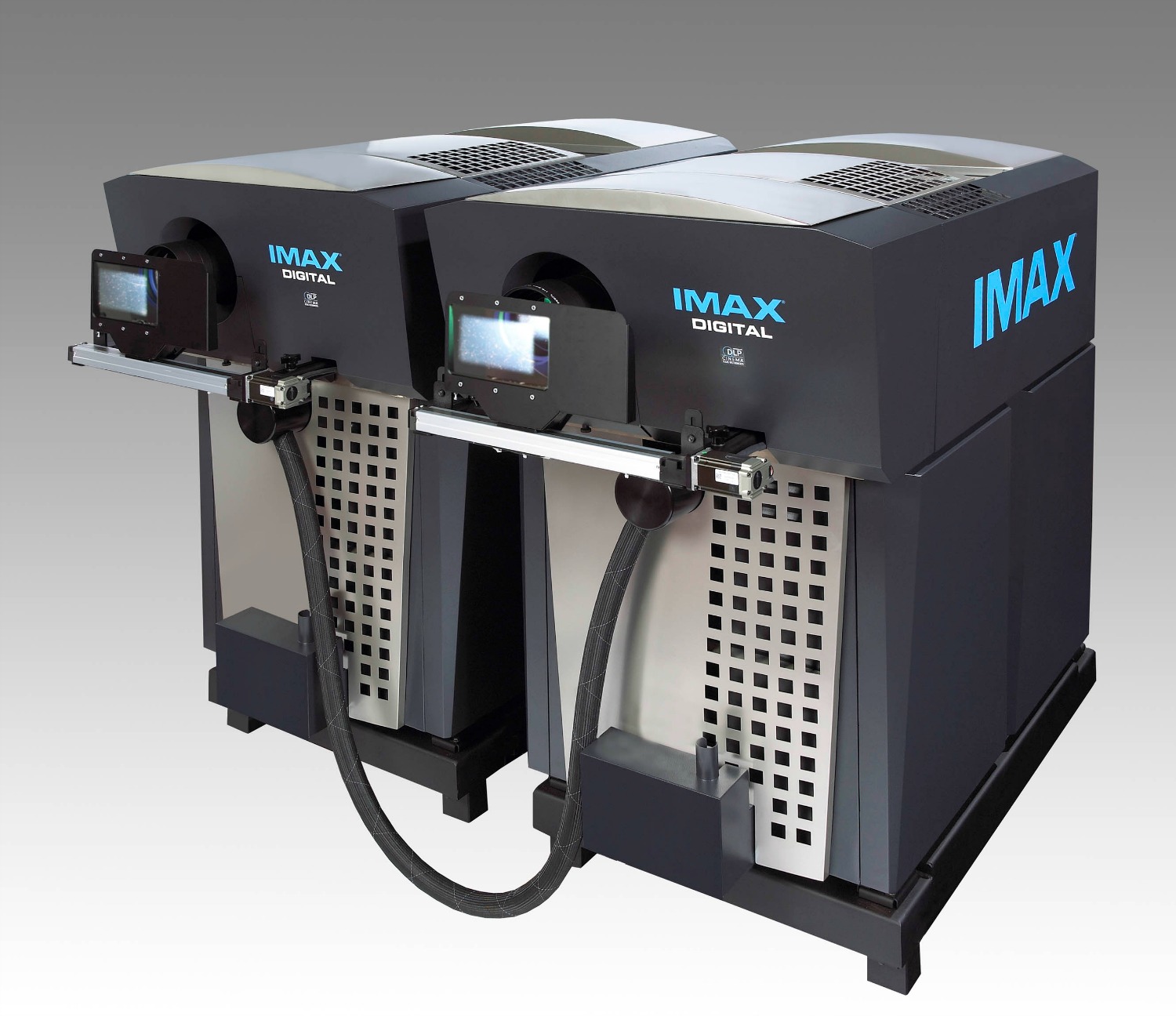
In late 2014, the current dual 2K digital projector system will be replaced with dual 4K laser projectors, according to IMAX officials. Like TCL, IMAX is also targeting iconic locations where the company can create major events. In addition to Hollywood, IMAX recently announced a new theater at Empire Leicester Square in the UK. And the development of the laser technology represents the largest R&D investment in the 40-year history of IMAX.
This is good news to filmmakers like J.J. Abrams who told HollywoodInHiDef.com / 3DHollywood.net last week that he much prefers the biggest IMAX screens to the smaller ones that are designed for smaller spaces. Abrams presented segments of his summer 3D hit “Star Trek: Into Darkness” using IMAX cameras to fill the entire height of the tallest IMAX screens like the one at TCL Chinese Theater IMAX. The upcoming “Hunger Games: Catching Fire” also features the use of IMAX cameras, and will represent the first time that two films released in the same year featured scenes shot with the high-resolution IMAX cameras. It will happen again next year with “Transformers 4” and “Interstellar.” Filmmaker Christopher Nolan has been perhaps the highest-profile proponent of integrating the full IMAX experience into his “Batman” trilogy of films. “Mission: Impossible – Ghost Protocol” also featured dramatic shots using IMAX cameras.
— By Scott Hettrick
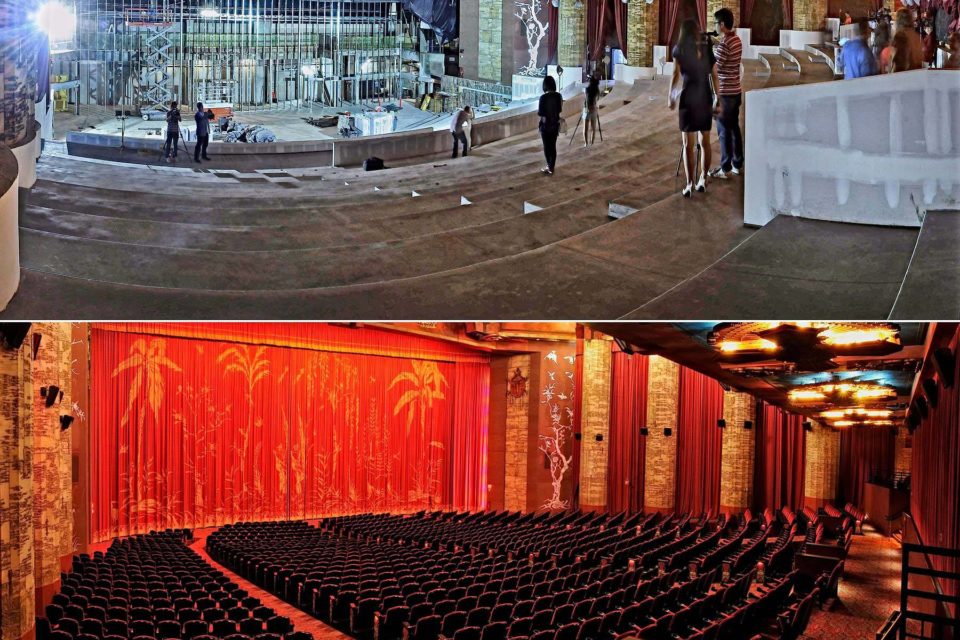
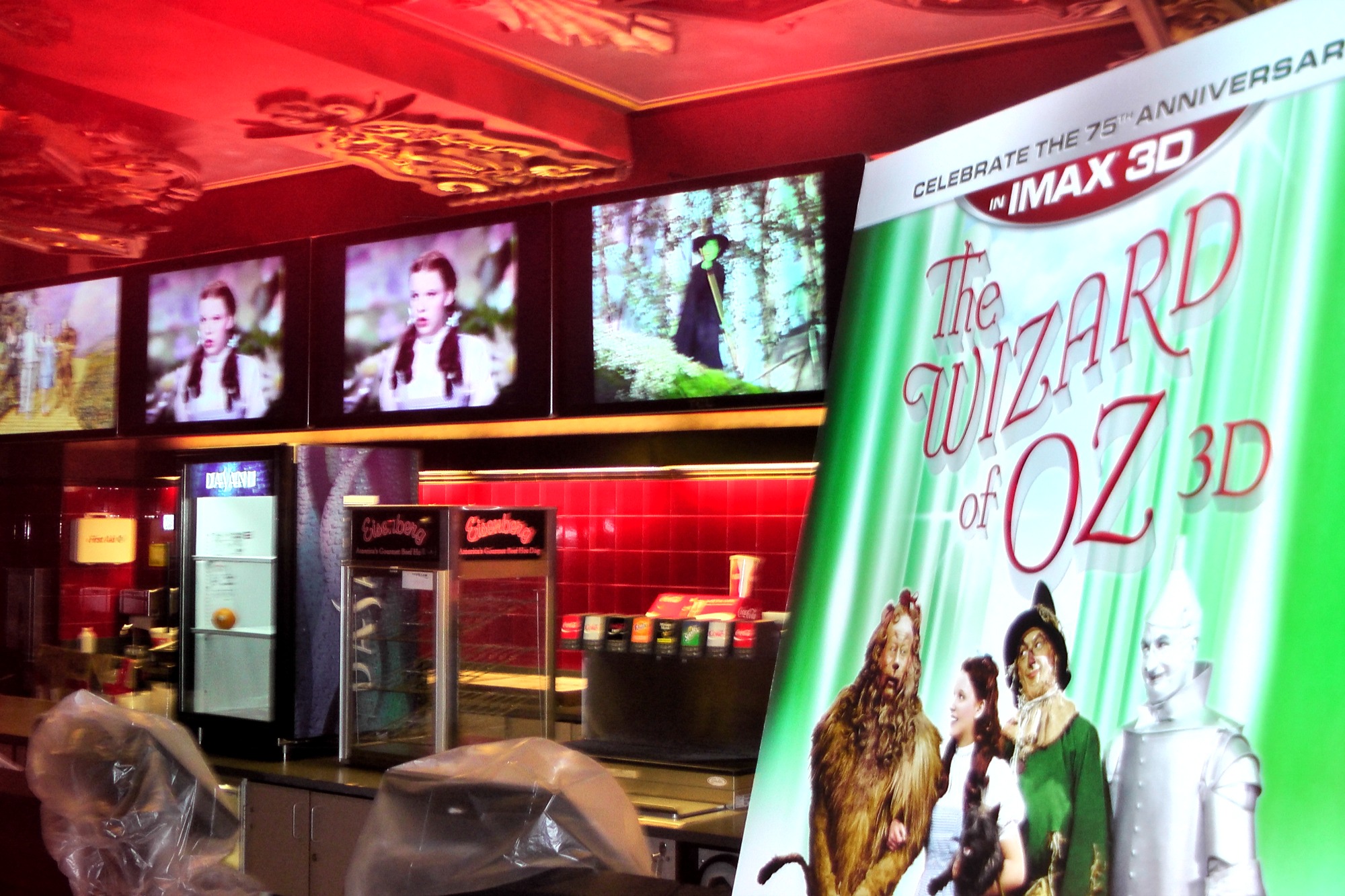
No, it’s not taller than it is wide. It’s 94 feet wide and 46 feet tall. Look again.